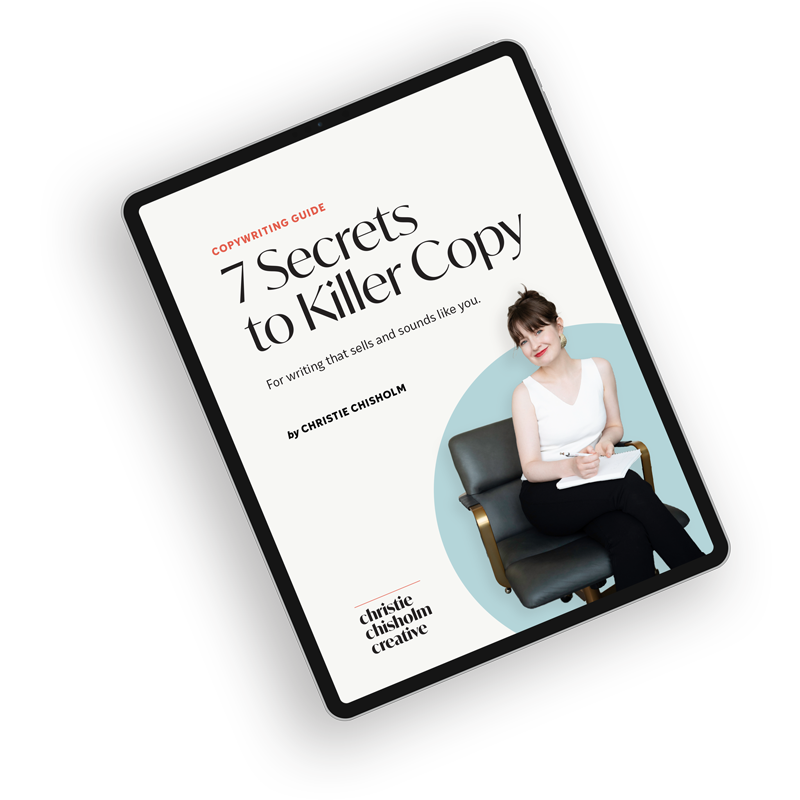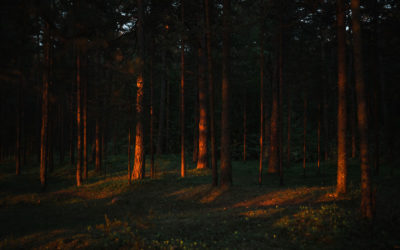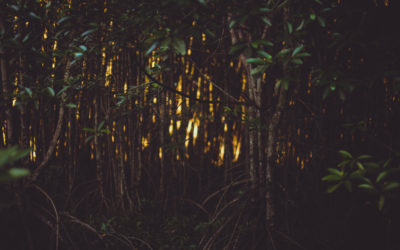Q painted one wall of her bedroom red the summer after I met her. It was a dark shade, almost crimson, although she probably would have preferred the word scarlet. She had just rented the house for $600 a month, which felt like an extravagance in Albuquerque in 2005 when you were young. It was enough of an extravagance that she couldn’t afford much furniture, but she had a bed, a chair, eventually two chairs. We sat in those chairs and talked about infatuation.
She didn’t wear makeup, never had, in part because no one had taught her, until that summer when the wall went red and her lips along with it, when she perfected the art of applying red lipstick. M.A.C. Lady Danger, I think it was. She rarely left home without it past sunset. She was 25.
She wore her hair cut close, a halo around a round, elfin face. The shortness of her hair lent drama to the fullness and brightness of her lips. She knew it, and it made her smile. She began waxing her eyebrows.
Q and I sat in her two chairs and talked of what we thought of love and lust and broke off small slabs of Gold & Black’s chocolate, 75% dark, letting them melt on our tongues. She would bring out red wine and sip. She wore red on her fingers and toes; ate strawberries, tomatoes, red grapes.
She didn’t wear makeup, never had, in part because no one had taught her, until that summer when the wall went red and her lips along with it.
Red had become a current in Q’s life; not an undercurrent but one that tussled right on the surface, one she fed with waves of her own making. She loved the color, because to her it meant freedom.
That is something that happens when you are 25 and going through a divorce. It can happen at any point in your life, really, when the world breaks open and you are left sifting through what’s inside. You might find nothing but stillness and smoke for a time. You might find an iron core. Maybe it’s red. It burns to the touch, but it leaves you with a feeling, and in that feeling is liberation, so you reach your hand.
There were mornings Q would wake up and not know how she was going to rise from her bed and dress herself and get out her door and to her day. She would lay in the pre-daybreak darkness, when all four walls of her bedroom still seemed the same color, when there was nothing within sight that could spark her, and she would contemplate her life and the broken halves she’d been sifting through. She would tell herself something in those moments that she would, in turn, tell me as we sat and ate chocolate and were young: Put your socks on. A simple, silly direction that tattooed itself on my psyche.
When the mornings are dark and you cannot see the day, you move slowly. You don’t look too far ahead. You don’t examine all the bits and pieces. You reach for a sock and put it on. Then you reach for another sock and put that one on, too. And then your socks are on, and it’s time for the next thing. Don’t worry about the day, don’t worry about the days that came before or may follow. Just put your socks on. The rest will come.






0 Comments